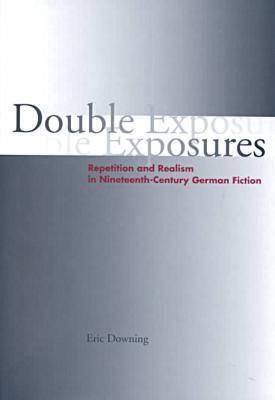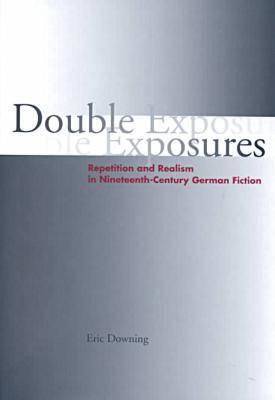
- Afhalen na 1 uur in een winkel met voorraad
- Gratis thuislevering in België vanaf € 30
- Ruim aanbod met 7 miljoen producten
- Afhalen na 1 uur in een winkel met voorraad
- Gratis thuislevering in België vanaf € 30
- Ruim aanbod met 7 miljoen producten
Double Exposures
Repetition and Realism in Nineteenth-Century German Fiction
Eric DowningOmschrijving
Double Exposures aims not only to focus attention on competing meanings of realism and mimesis in nineteenth-century German narrative fiction, but also to supply a quite different account of how realism's typically submerged structures allow readers to explore some of the basic phenomena and contradictions of their extra-literary, social existence. It challenges the currently dominant critical perspective on German poetic realism (and on literary realism in general), which considers this seemingly transparent mode of representation a deeply ideological and self-deceiving form of cultural discourse that reiterates, and so reinforces, powerful social constraints already at work in the extra-literary sphere.
By rethinking the landmark theories of Jacobson and Barthes, Horkheimer and Adorno, and Freud and Lacan--especially their attention to repetition--to point out that any instance of formal repetition produces effects that cannot be contained, the author articulates how the supposedly marginal moments of faltering to both its own and its other cultural discourses are, in fact, intrinsic effects of poetic realism's double, conflictual nature.
Through a series of close readings of several realist novellas by Adalbert Stifter, Gottfried Keller, Theodor Storm, C. F. Meyer, and Wilhelm Raabe, the book explores a number of realism's array of "redundant" motifs having to do with nature, gender, family, class, and aesthetics. It demonstrates that the realist project was always about more than simply reinforcing bourgeois ideology, and always fostered a form of self-awareness and reflection inseparable from what we value as literature.
Specificaties
Betrokkenen
- Auteur(s):
- Uitgeverij:
Inhoud
- Aantal bladzijden:
- 352
- Taal:
- Engels
Eigenschappen
- Productcode (EAN):
- 9780804736787
- Verschijningsdatum:
- 1/07/2000
- Uitvoering:
- Hardcover
- Formaat:
- Genaaid
- Afmetingen:
- 162 mm x 235 mm
- Gewicht:
- 621 g

Alleen bij Standaard Boekhandel
Beoordelingen
We publiceren alleen reviews die voldoen aan de voorwaarden voor reviews. Bekijk onze voorwaarden voor reviews.











